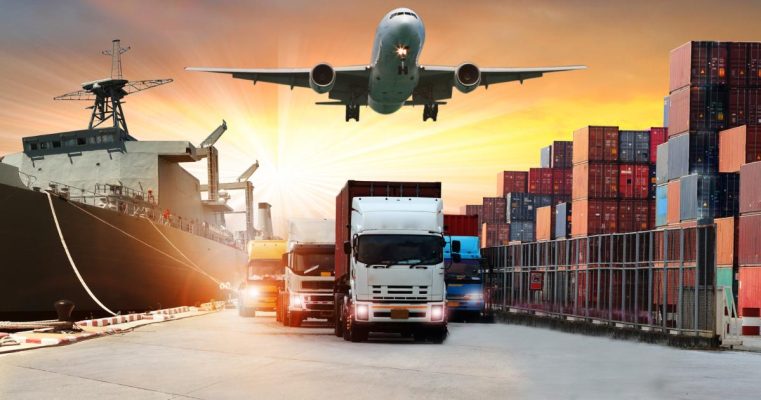Transportation, Distribution, and Logistics relates to the planning, management, and movement of people, materials, and goods by road, pipeline, air, rail, and water.
The Transportation, Distribution, and Logistics industry is all about moving people and things from one location to another, quickly, safely… and at a low cost.
Transportation methods include aircraft, railroads, waterways, over the road, and through pipelines, as well as warehousing and storage. Workers in this industry design transportation systems, operate or repair equipment, plan how to move materials, and take care of storing products.
Quick facts to know:
- This industry employs over five million workers, about 3.6% of total U.S. jobs.
- Trucks deliver nearly 70% of all freight in the U.S.
- The most commonly shipped items are food, clothing, furniture, and electronics.
- The U.S. spends more than $1.64 trillion on transportation logistics.
Despite the idea that driverless trucks may move freight down highways within the next 10-15 years, there are many current job openings in transportation and warehousing, with a strong need for workers expected in the next several years. Experts estimate that there are 50,000 truck driver jobs unfilled, and trucking- related jobs account for about one-third of the job openings in the industry.
Many openings are also currently available and expected in the future for school and public transit bus drivers, forklift operators and stock movers, and distribution/warehousing workers. A wave of retirements in railroad and maritime workers will create further openings.
Most careers in transportation and logistics pay wages that are higher than the national median.
For those seeking employment, pay special attention to these metropolitan areas, where growth will be especially robust: New York City, Dallas, Los Angeles, Houston, and Chicago.
Automation helps make aspects of the industry more efficient, such as bar codes that track goods for shipping and distribution. Pilots of ships and aircraft depend on automated navigation equipment to operate safely. GPS technology is heavily relied on in many jobs, although workers need to troubleshoot changing conditions, and make adjustments, often more quickly than technology is able to do.
Career One Stop:
Youtube:


